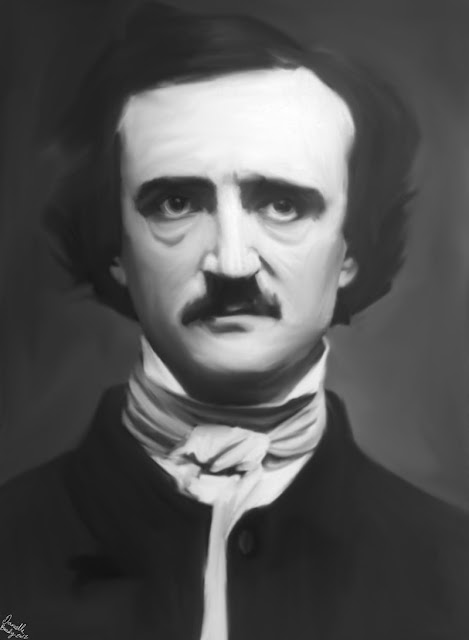Her father, Andrew Borden, was a successful property developer.and directed several textile mills including the Globe Yarn Mill Company, Troy Cotton and Woolen Manufacturing Company, and he owned considerable commercial property, as well as was both president of the Union Savings Bank and a director of the Durfee Safe Deposit and Trust Co
In 1865, her mother, Sarah Borden, died and her father remarried to Abby Gray, who had a daughter named Emma. Lizzie referred to her stepmother as "Mrs Borden" instead of "mother". The Bordens rarely ate meals together. Andrew upset Lizzie in May 1892 when he killed one of Lizzie's pigeons wih an axe because he believed it was attracting intruders. The following month, a family argument led to the two sisters taking extended vacations.
Tension had been growing in the family in late July 1892, especially over Andrew's gifts to various branches of the family. After Abby's relatives received a house, the sisters demanded and received a rental property, which they later sold back to their father for cash. For several days afterward, the entire household had been violently ill. The family doctor blamed food left on the stove for use in meals over several days, but Abby had feared poisoning, as Andrew Borden had not been popular.
On August 4, 1892, Andrew Borden breakfasted with his wife and made his usual rounds of the bank and post office, returning about 10:45 am. The Bordens' maid, Bridget Sullivan, testified that she was in her third-floor room, resting from cleaning windows, when just before 11:10 am she heard Lizzie call out, "Maggie, come quick! Father's dead. Somebody came in and killed him."
Andrew was slumped on a couch in the downstairs sitting room, struck ten or eleven times with a hatchet. One of his eyeballs had been split cleanly in two, suggesting he had been asleep when attacked. Soon after, as neighbors and doctors tended Lizzie, Sullivan discovered Abby Borden in the upstairs guest bedroom, her skull crushed by nineteen blows.Police found a hatchet in the basement which, though free of blood, was missing most of its handle. Lizzie was arrested on August 11.
The victims' heads were removed during autopsy and the skulls were shown as evidence during Borden's trial (Borden fainted upon seeing her father and stepmother's skulls)
On 20 June 1893,a jury acquitted Lizzie Borden of the murders. Despite the acquittal, Lizzie was ostracized by her community. Her name was again brought into the public eye when she was accused of shoplifting in 1897. Soon after, Lizzie began using the name Lizbeth A. Borden.
Lizzie Borden died of pneumonia on 1 June 1927.
The murders were turned into a popular nursery rhyme:
-
- Lizzie Borden took an axe
- And gave her mother forty whacks.
- When she saw what she had done
- She gave her father forty-one.
Lizzie Borden
















.jpg)










